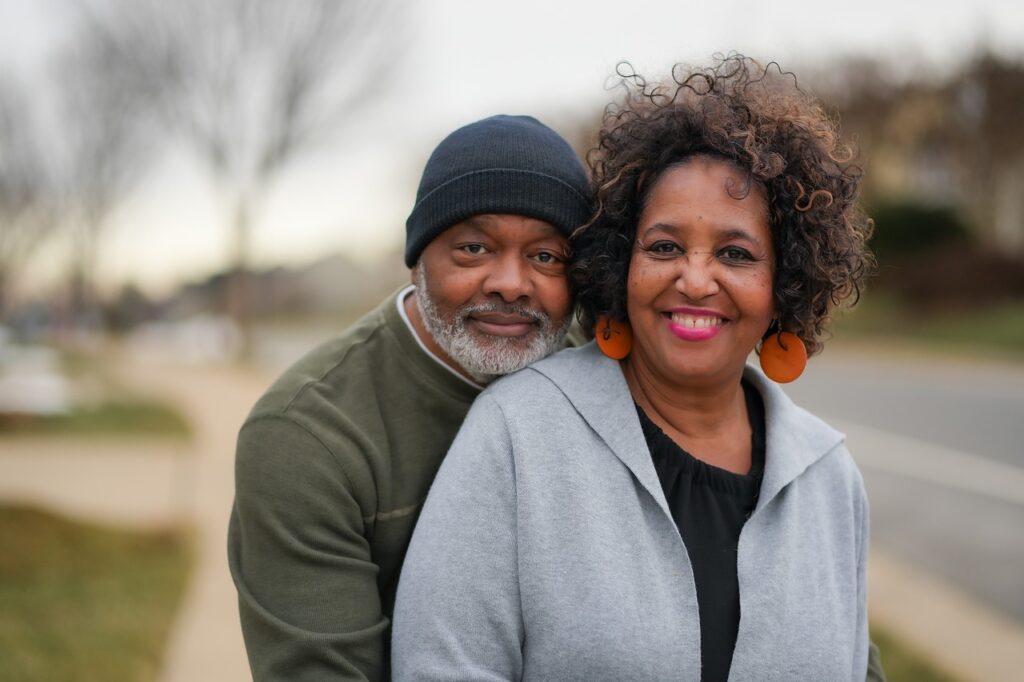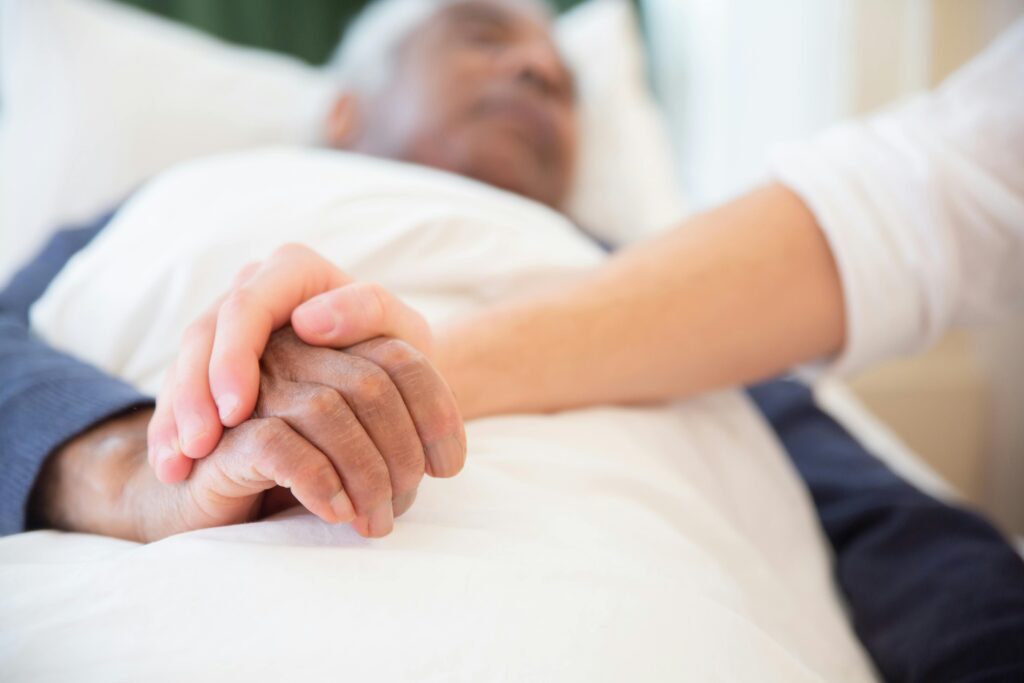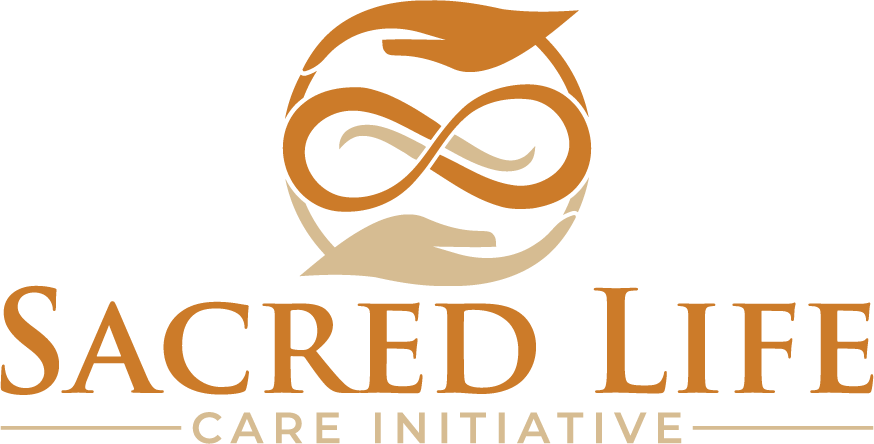Because life matters & every moment counts...
Supporting loved ones through critical health decline is often cost-prohibitive. We aim to restore the familial commitment through compassionate support that makes "holding space," and "being there" possible.
Our Mission
Sacred Life Care Initiative is a 501(c)(3) organization that aims to provide quality and accessible end-of-life care to underserved clients and their loved ones regardless of race, ethinicity, or other protected class.
There is a significant gap of people who do not qualify for Medicaid, and are also unable to afford essential non-medical services out-of-pocket (not covered by Medicare). This position leaves families to bear the heavy burden of care and support alone. It also makes those who are dying a unique sector of the underserved. We aim to fill this service gap. Our goal is to enable families and caregivers to focus with less stress, on each other and the sacredness of life lived.
Our Vision
Our vision is to fill the gap existing for quality access to end-of-life-care that extends beyond medical interventions and that can even provide an additional benefit to the support of a loved one already receiving hospice care. We aim to create a community that rallies around those it loves and bolsters their caregivers. Sacred Life was formed to leverage community support to reclaim and hold sacred the legacy of those who are dying.
A Peek into the Problem...
As of 2024, The median monthly cost for care in a nursing facility is more than $8000.00. Similarly, for assisted living, the median cost can be upwards of $5000 per month. Lower cost options exist at around $2000. However, the quality of care is brought into question, given limited time and caregiving resources. If one decides that neither of these options are ideal, they can opt for a home health aide. However, the cost for this service is on average, more than $5000 per month. Average household incomes in America are most often, less than the amount it would take to cover annual costs while managing their own household needs.
When an individual or loved one is in decline and requires extra support, it can be very challenging for their communities of care to provide the aid they really need. As a result, they may feel forced to exhaust their assets to become Medicaid-eligible, or remain home with a well-meaning caregiver who has insufficient time and resources to manage the responsibility.
According to a Kaiser Foundation poll, most Americans prefer to die at home, but a gap in support exists that will prevent most Americans from the luxury of this choice. Consequently, those facing a terminal illness are burdened with not only facing their last days, but often experiencing shame, stress, and frustration over the burden that their situations create further for their lives and the lives of others. Furthermore, quality of care for non-medical support outside the home can be a challenging and high stress profession. As licensed caregivers strive to make financial ends meet, they also manage unreasonable patient to staff ratios due to frequent staff shortages. Sacred Life Care Initiative was created with the vision in mind to fill the gap existing for support to those who are dying. To create access to choice and to bring sacredness back to one of life’s most pivotal periods of transition.
Are you between the ages of 45 and 64?
If you are between the ages 45-64, you belong to a population category that comprises 20% of end-of-life care recipients for chronic illness and cancer diagnosis according to Market.us Media.
There are many factors that impact a family’s ability to support those they love at end-of-life. Caregivers cope with not only the challenge of adapting to life-altering events, but managing work and family can become a confusing and overlooked challenge to facilitate.
Palliative and Hospice care are very helpful in supporting client comfort, but this invaluable service does not include 24hr care. Loved ones shoulder the care of those who die at home and even the most willing and determined family can benefit from additional support.
Closer look at diverse communities
Members of multiple non-white populations are more likely to die in a hospital setting and be subject to more aggressive and intensive treatments including repeat hospitalizations and ER visits even if you they have already reached terminal status. This is largely due to lack of awareness regarding end-of-life care options available, access to appropriate resources, and a lower likelihood to utilize hospice services.



Adult age 65 years or older?
If you are 65 or older, you are part of the largest demographic for receiving end of life care and your population comprises 70% of all end of life care recipients, globally. Women comprise 60% of this total population and men, 40%.
It can be very helpful to know you are not alone, to have support moving through all the change, and to know that you and your loved one have a community with access to resources and that cares about what you are going through.
Closer look at diverse communities
African Americans are much less likely to utilize end of life care services due to mistrust in the healthcare system, cultural preferences regarding care, and less access to information regarding end-of-life care.
I’ve seen many families (including my own) suffer on a metaphorical island while their loved ones die without sufficient care. We can really use more excuses to give and accept love, in place of refusing or denying it, no matter our circumstances.
